This is largely an exercise in using Rhino software. It is a cordless vacuum concept to facilitate the "desire to vacuum." Many consumers are inundated with vacuum performance marketing. Many vacuums do the job, but what's the performance to dollar ratio? How many Skittles will it suck up?
Research and Observations
With little in mind, I moved directly to observation of handheld vacuums in the natural environment, exposing them to kids, teens, and adults.
Kids (6-11)
This group immediately used them as weapons, mostly in imaginary play. Interest in vacuuming as a cleaning exercise was largely secondary. A few of them sucked up Legos. It seemed to be more of a tool to explore the environment.
Teens (12-18)
Teens seemed to be aware of the vacuum's purpose, but hesitated to use it. They played with it when cleaning seemed "fun," such as sucking up sawdust or small objects. Visually interesting jobs seemed "fun." When done, the user would linger with it in his or her hand. They would bounce it in hand or seemed to get a feel for the balance of it.
Adults (~30's and up)
Adults were the quickest to start cleaning with the vacuums. They did not play with them as much as the other groups. They were still useful "toys" in a way, but were used to the end of engendering social interaction (hair on heads). Most of them just made little easy-to-clean messes and right away vacuumed them up in a perfunctory way.
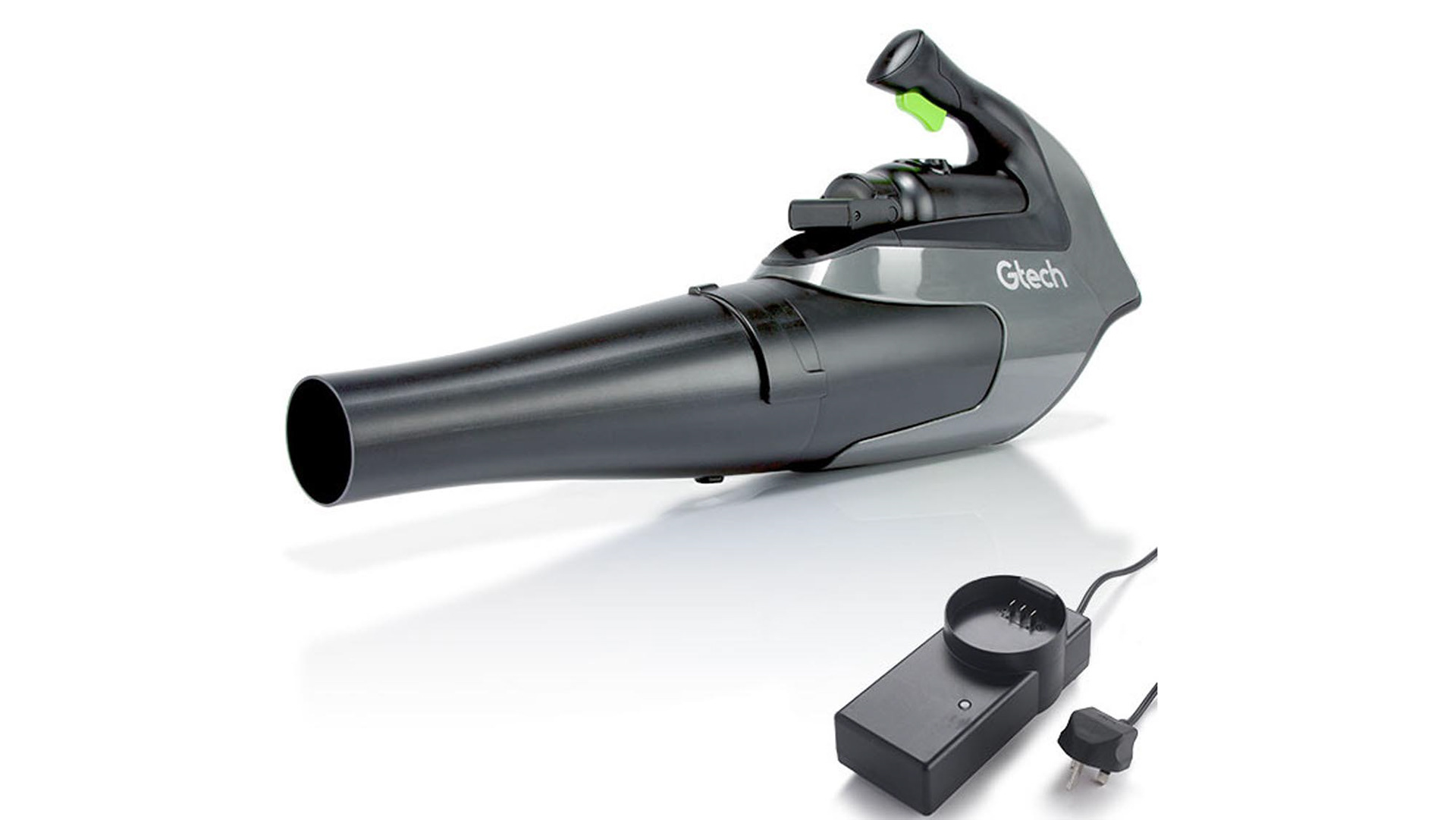
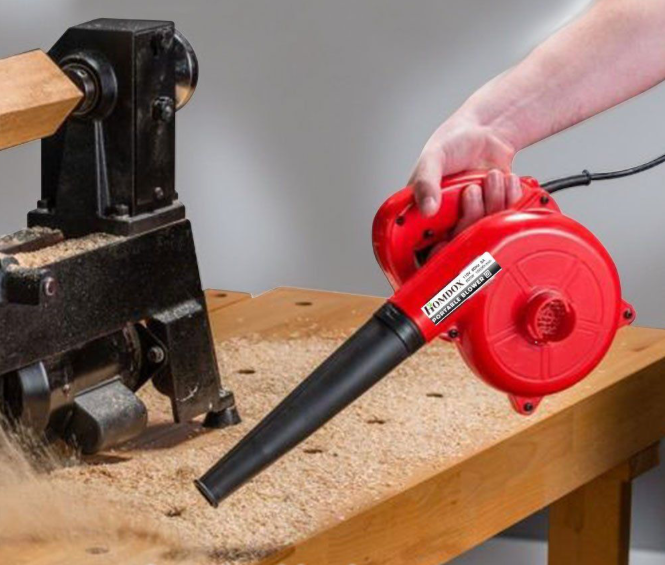
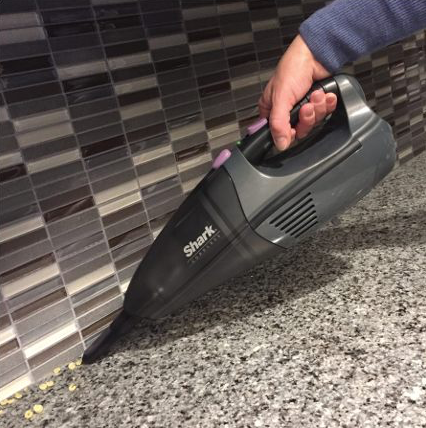

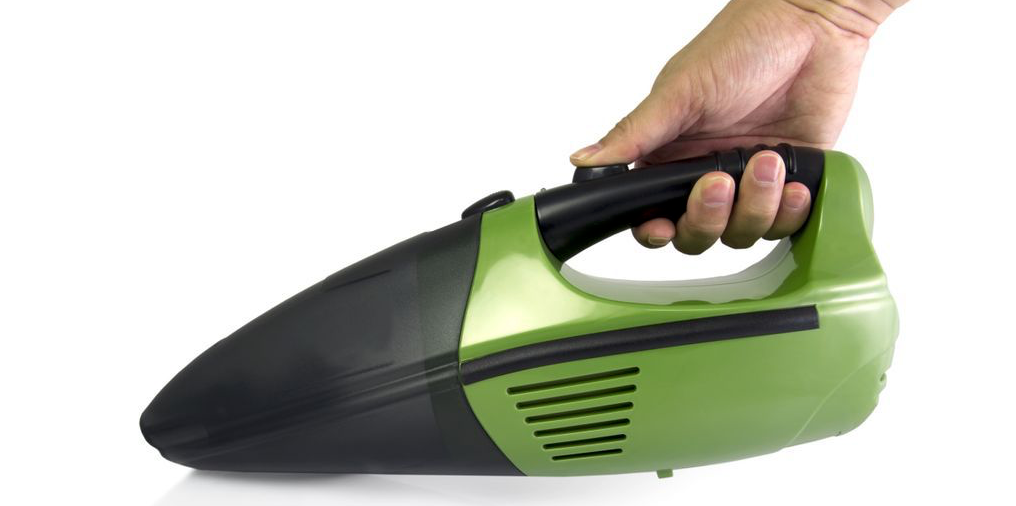
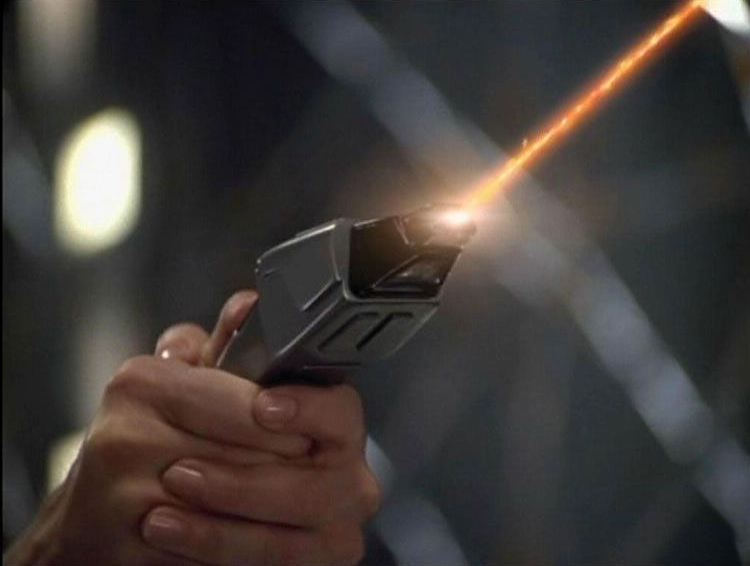


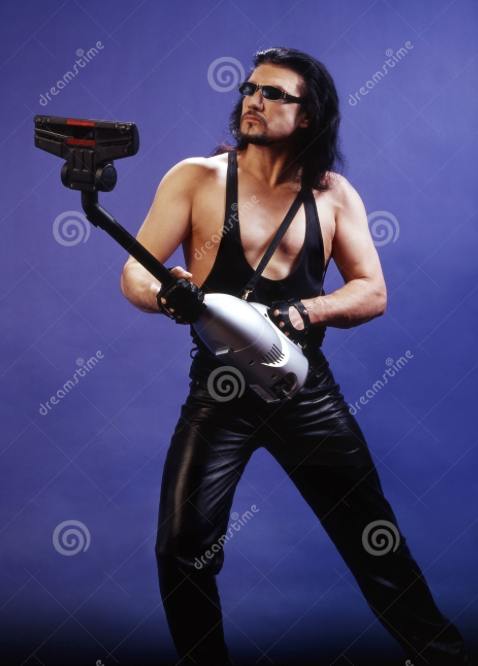

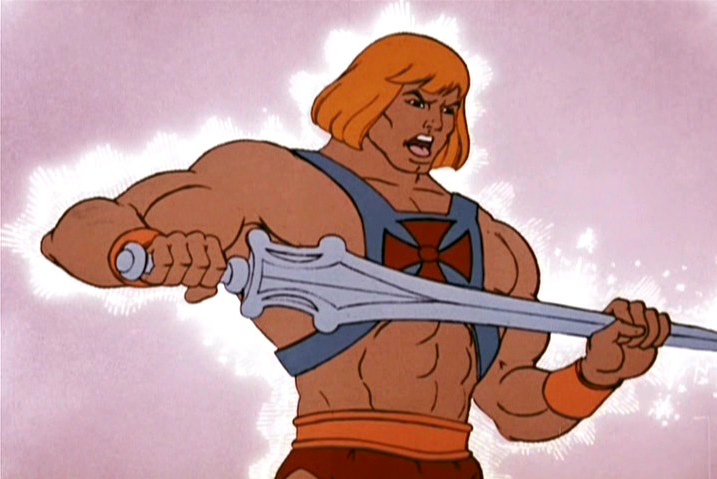


Armed with observations, form development focused on engendering personal/physical empowerment; the empowerment kids feel when they brandish a toy sword or a stick that fits perfectly in the hand.
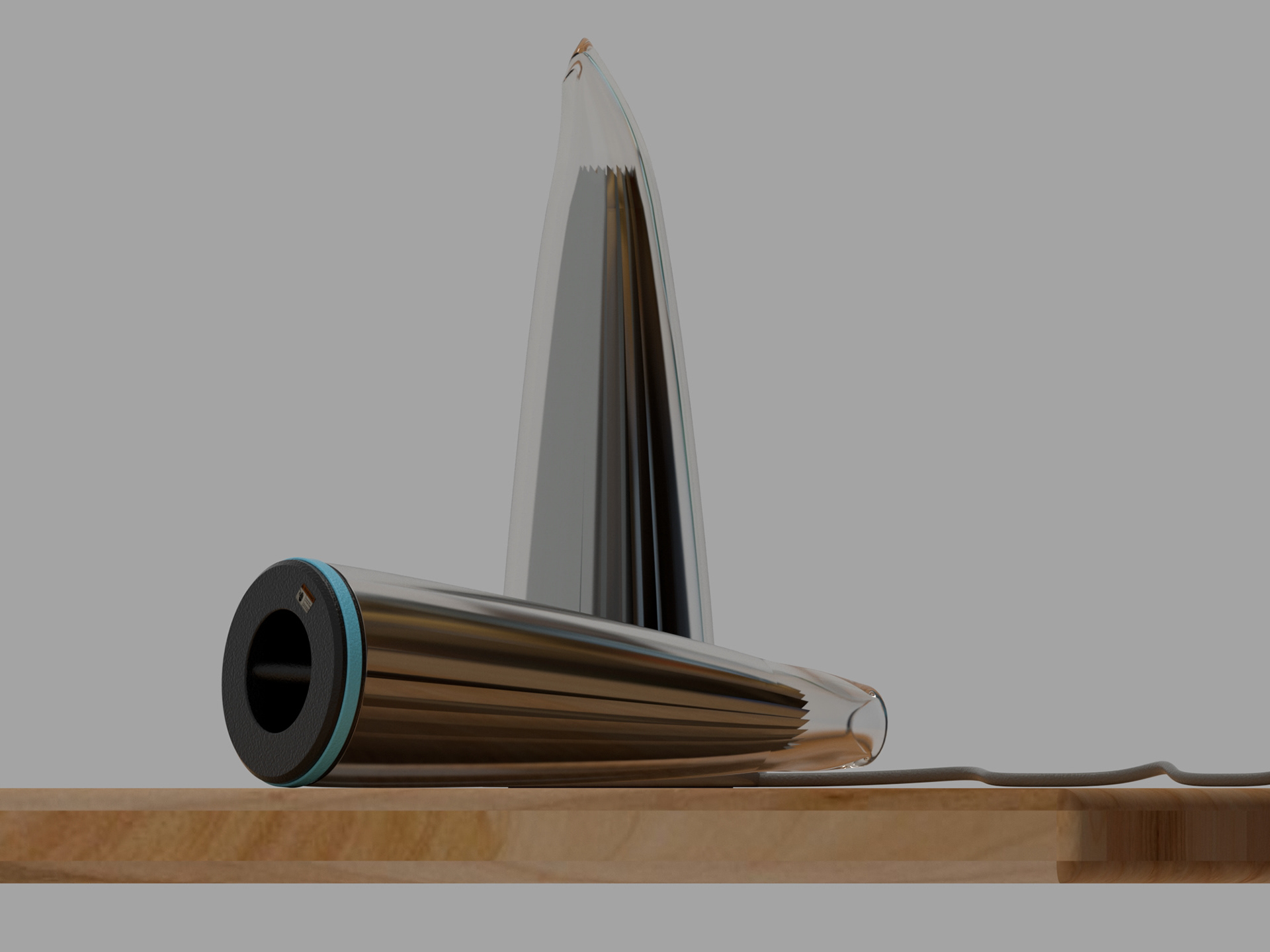
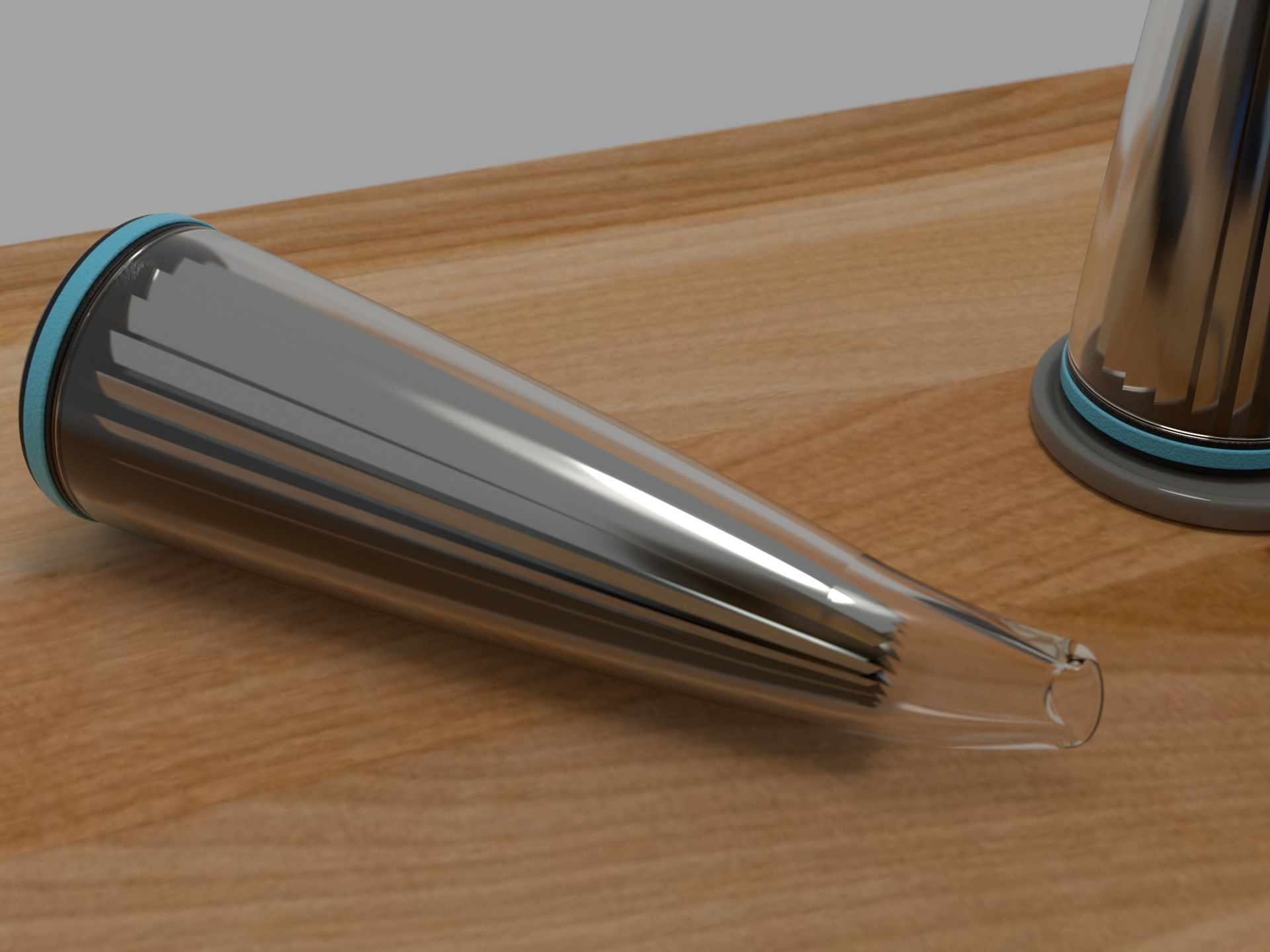
What it Became
There is a void and a handle within the base where the hand can grip it. The blades spin and create suction. The rendering here is with a polycarbonate shell over stainless steel blades. The base is rubberized with a silicone grip around the edge. These materials afford a soft touch without being too heavy.